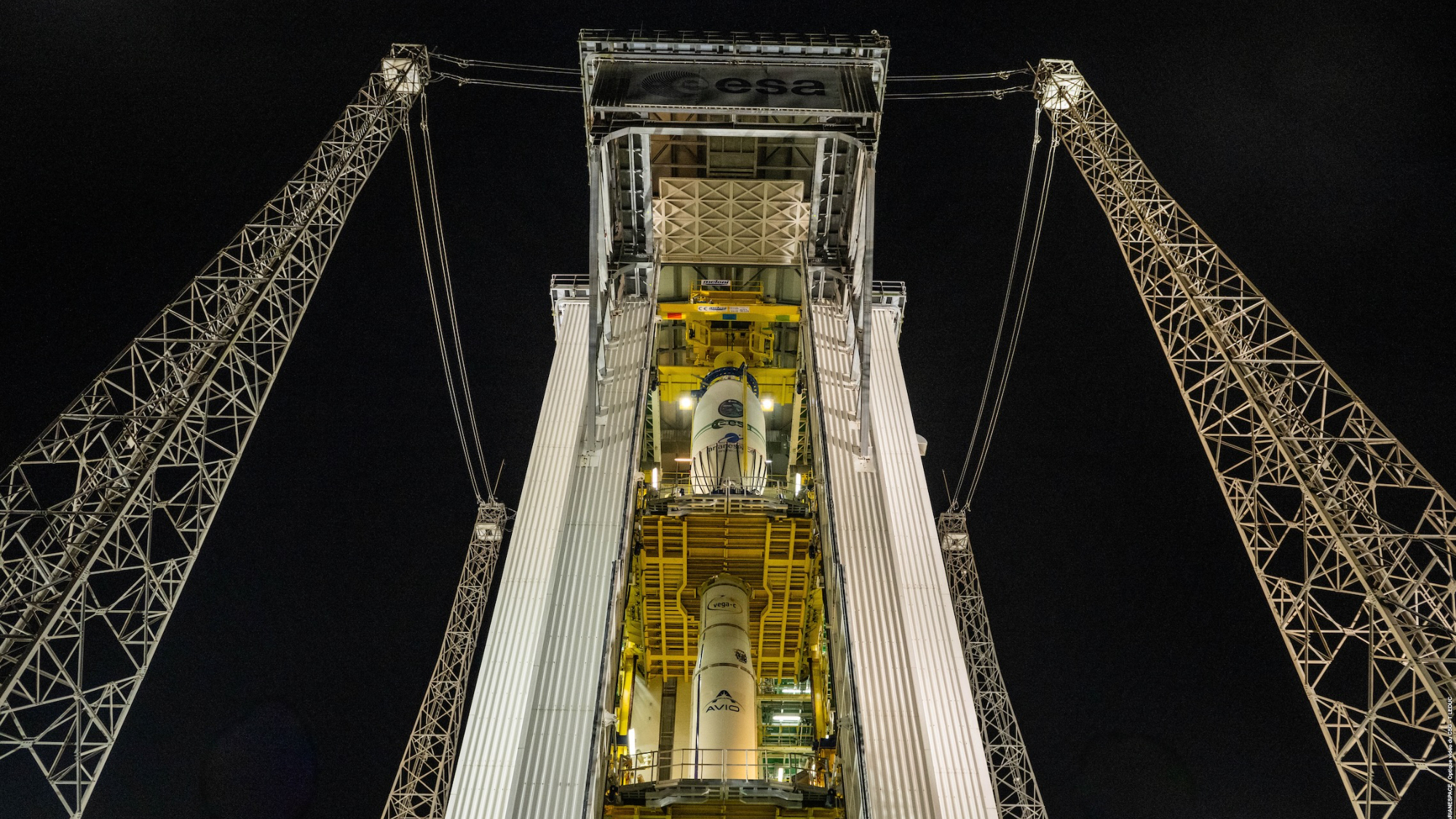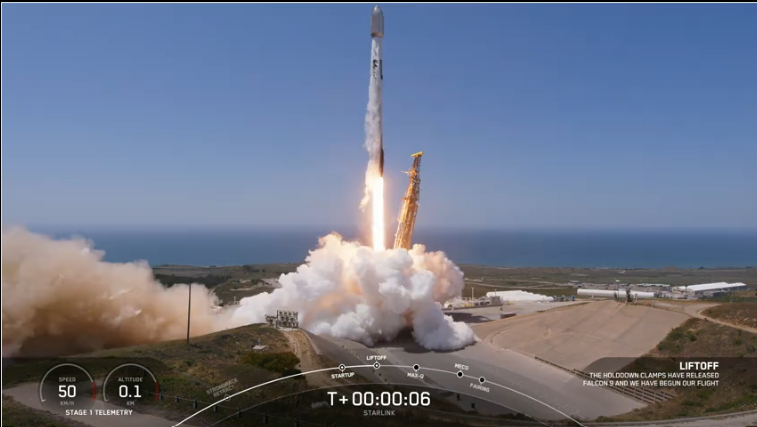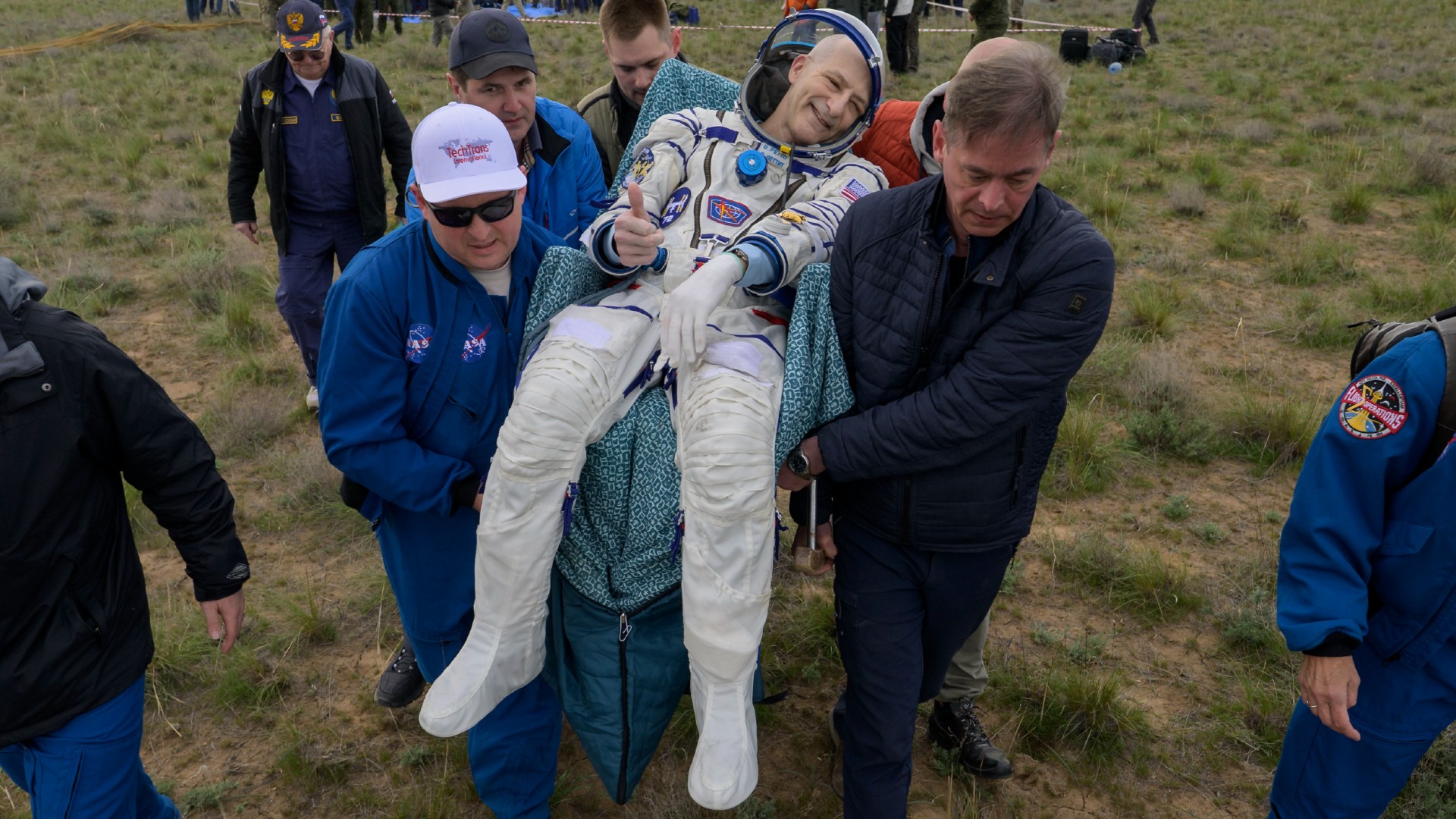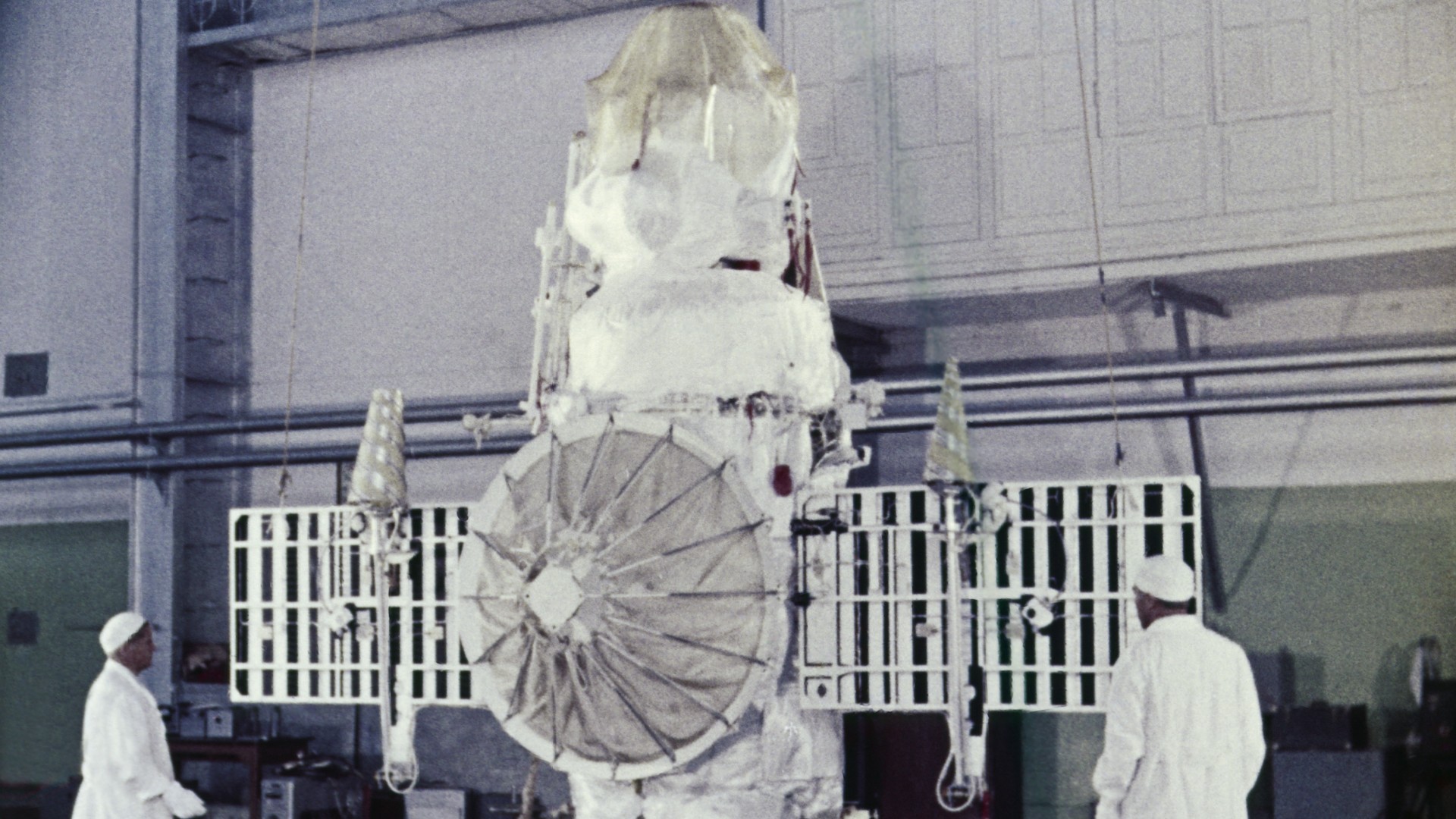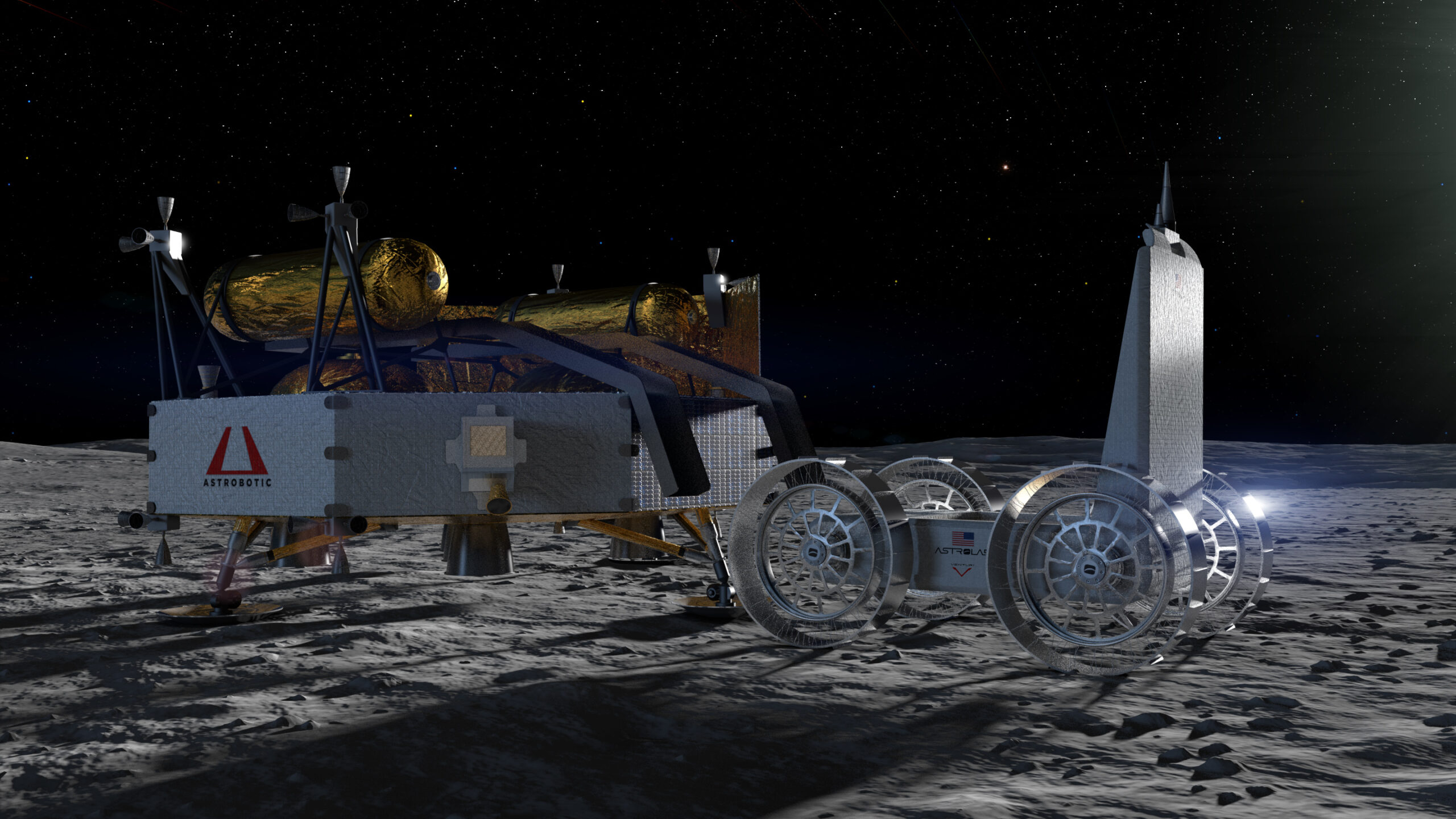
Pittsburgh-based company Astrobotic has found a replacement rover to fly on the first-ever mission of its Griffin moon lander.
Griffin was originally supposed to deliver NASA's ice-hunting VIPER rover to the moon's south polar region on its debut flight, which is scheduled to launch late this year.
The agency canceled the VIPER program last summer, leaving a big space open on Griffin. That space has finally been filled — by FLIP, a rover built by the California company Astrolab.
"Astrobotic received worldwide interest from dozens of organizations eager to fly aboard Griffin-1, and we conducted a rigorous selection process to identify the mission partner that aligned best with our timeline and Griffin’s capabilities," Astrobotic founder and CEO John Thornton said in a statement on Wednesday (Feb. 5).
Related: Who is Astrobotic Technology and what do they do?
"Astrolab shares our vision of making lunar science, exploration and commercial activity both accessible and transformative," he added. "By deploying the FLIP rover on Griffin-1, we are advancing humanity’s future on the moon and enabling groundbreaking U.S. technology demonstrations at the lunar south pole."
FLIP (which stands for Flex Lunar Innovation Platform) is a robotic four-wheeled vehicle that weighs about 1,000 pounds (450 kilograms) here on Earth and can carry up to 66 pounds (30 kg) of payload.
Get the Space.com Newsletter
Breaking space news, the latest updates on rocket launches, skywatching events and more!
The rover can conduct exploration work of its own, but it's also designed to test technologies that will be used by Astrolab's larger FLEX (Flexible Logistics and Exploration) commercial vehicle. The car-sized FLEX — which will be able to carry two astronauts or operate in autonomous mode — will touch down on the moon for the first time aboard a SpaceX Starship lander as soon as late 2026.
"By joining Griffin Mission One, we will gather key insights into how lunar rovers like FLIP and FLEX operate in real lunar conditions," Jaret Matthews, founder and CEO of Astrolab, said in the same statement. "Bringing FLIP to the moon offers an opportunity to demonstrate and test many of the critical technologies that will advance the commercial FLEX vehicle, including full-sized batteries, tires, critical avionics systems, sensors and software."
Griffin's upcoming debut will be the second lunar mission for Astrobotic. The company's smaller Peregrine moon lander launched in January 2024 on the inaugural flight of United Launch Alliance's Vulcan Centaur rocket, carrying five NASA science experiments and a variety of other payloads.
Peregrine didn't make it to the moon, however; it suffered a propulsion anomaly and ended up crashing back to Earth 10 days after liftoff.
NASA's VIPER rover, by the way, could still make it to the moon, albeit not on Griffin-1. Earlier this week, the agency asked private companies for partnership proposals that would allow the rover to perform its planned science work near the lunar south pole.
Join our Space Forums to keep talking space on the latest missions, night sky and more! And if you have a news tip, correction or comment, let us know at: community@space.com.

Michael Wall is a Senior Space Writer with Space.com and joined the team in 2010. He primarily covers exoplanets, spaceflight and military space, but has been known to dabble in the space art beat. His book about the search for alien life, "Out There," was published on Nov. 13, 2018. Before becoming a science writer, Michael worked as a herpetologist and wildlife biologist. He has a Ph.D. in evolutionary biology from the University of Sydney, Australia, a bachelor's degree from the University of Arizona, and a graduate certificate in science writing from the University of California, Santa Cruz. To find out what his latest project is, you can follow Michael on Twitter.
-
North why did NASA replace the viper moon rover with flip when viper was already built and succeeding in tests and will it be going to the same spots and studying the same stuff as viper was going to?Reply
what are the difference between filp and viper and will it carry very different instruments?
